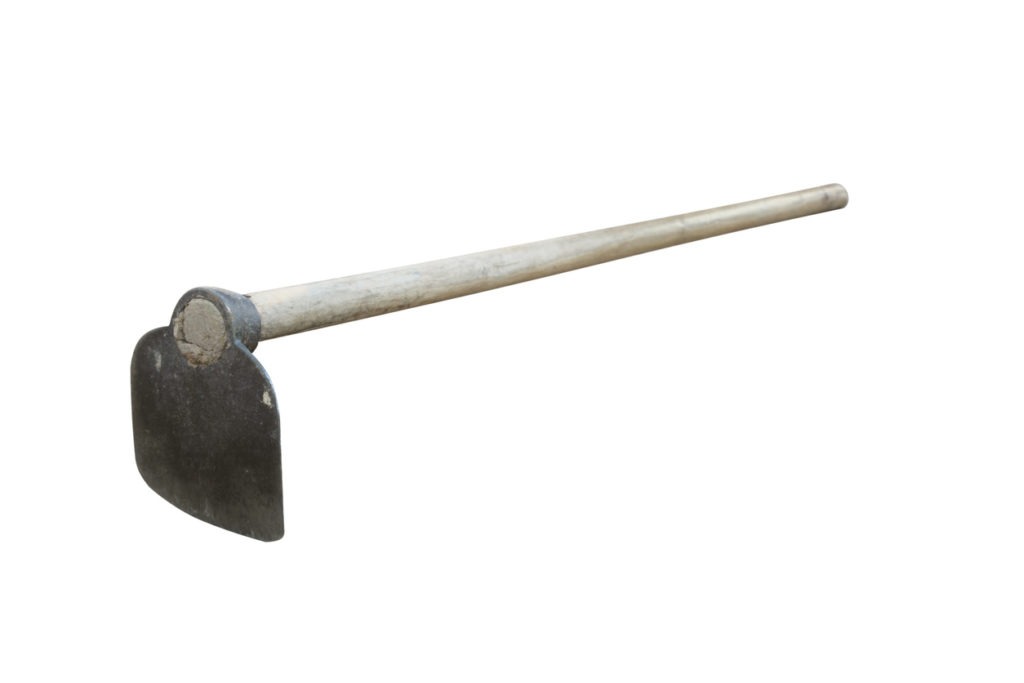If you decide to do gardening or are a gardener who wishes to switch to organic gardening, this article will explain the benefits of using organic fertilizer, the tools and methodical steps for creating a compost pit or heap, and the proper methods for applying organic fertilizer to plants.
Fertilizer is necessary for gardening to produce a lush, fertile crop. It could be derived from natural resources. Plants and soil benefit from organic fertilizer. In addition to fertilizing the plants, it improves the soil’s ability to store water. So it’s a good thing we know how to make compost to use as organic fertilizer in our gardens. But before doing this, you should take a few things into account. According to the location, where it will be produced or placed, the volume of production, and the type of assistance that will be used to speed up the decomposition of the organic material in the compost. Composting converts fresh or decaying waste into compost, such as fruit or vegetable peels, plant leaves, and animal manure. Others choose to add animal manure to their composting, this speeds up the decomposition process because it contains nitrogen, phosphorus, and potassium.
Tools Required for Compost Preparation
Composting can be done with only a few pieces of equipment, but the process is much more efficient and convenient with adequate composting preparation. Provided there is a tool shortage, alternatives can be made if you are industrious and innovative.
Hoe

It is used to till the soil so that it becomes loose.
Pickaxe
It is used to smash and refine huge rocks or soil bits.
Sprinkling Can
It is used for watering the pit or heap. It has a lengthy water tunnel with little openings at the end.
Shovel
It is used in the compost pit or heap to mix soil and decomposing trash.
Rake
It is used to collect garden debris for composting, such as dry leaves, dry grass, and other debris. It can also be used to remove massive and difficult lumps of earth and rock.
Compost Bin
This is a lidded container in which the compost is stored. This is used to create a compost heap.
Wheelbarrow
It is used to transport material, particularly big and heavy ones. This will be your buddy in hauling soil, animal manure, biodegradable items, and other instruments for preparing compost.
Buckets
A heavy-duty bucket is an excellent choice to be used to transport batches of organic fertilizer.
How to construct a compost pit:
- Find a relatively high spot.
- Prepare a hole that is 2 meters long, 1 meter broad, and 1 meter deep.
- Fill the pit with grass clippings, decaying trash, and vegetable and fruit peels.
- Combine it with animal manure from pigs, chickens, and cows.
- Cover it with soil and sprinkle it with ashes.
- Repeat this sequence until the pit is completely filled.
- Decomposition can take three months or longer.
The same procedure will be utilized to create a compost heap. The compost heap or basket composting, on the other hand, is not buried in the ground.
- Select a container of adequate length and width, with a depth of one meter.
- In a uniform layering pattern, fill the container with soil, straw, dried leaves, fruit peels, and animal manure.
- Water the contents to hasten the decomposition of the trash.
- To keep flies and other pests at bay, make sure the container has a lid.
- After one month, stir the contents of the container to blend the soil and decomposing materials.
Organic fertilizer is recommended because it is affordable and safe, despite the fact that inorganic fertilizers are also easily obtained from stores. However, proper plant growth requires more than just fertilizer addition. The choice and application of fertilizer both require appropriate understanding.
Compost or fertilizer can be applied in a variety of ways to the soil and plants. The many approaches to applying compost are as follows:
Side-Dressing Approach
The side-dressing approach involves applying fertilizer to the soil away from the plant’s roots. This is frequently done with plants that are planted in rows rather than individually.
Broadcasting Approach
The fertilizer is applied to the soil. This is commonly done in rice and maize fields.
Basal Application Approach
The Basal Application Approach involves mixing compost into the soil before planting the plant to apply fertilizer. If the plant is going to be put in a pot, the fertilizer is combined with the soil first before planting the plant.
Foliar Application Approach
This is done by spraying foliar organic fertilizer on the plant’s leaves.
Ring Approach
Dig in a circle around the plant half to an inch from the trunk or stem. Apply the fertilizer to the dug area. And cover the organic fertilizer with soil.
Fertilizer can be applied prior to, during, and after planting. However, the optimal time to apply fertilizer is while the plant is young and before it yields fruit. The plant needs nutrients from the soil at this time.
Conclusion:
Organic fertilizer has the potential to increase soil quality. It can be obtained through composting. Making compost teaches us how to properly separate biodegradable and non-biodegradable materials. We can also organize our household garbage management. However, because it is organic, it is time-consuming and demands patience and diligence. Happy Gardening!